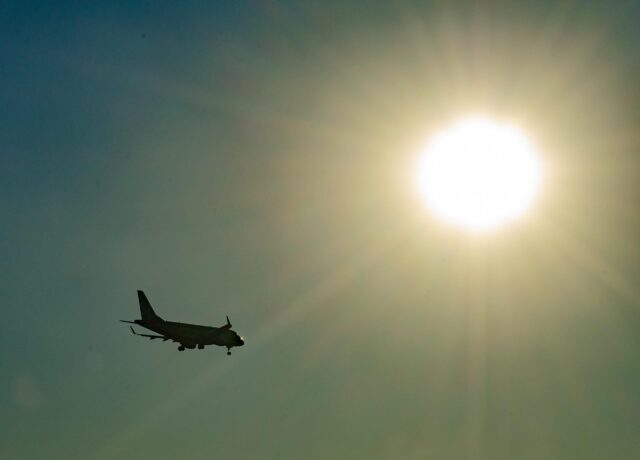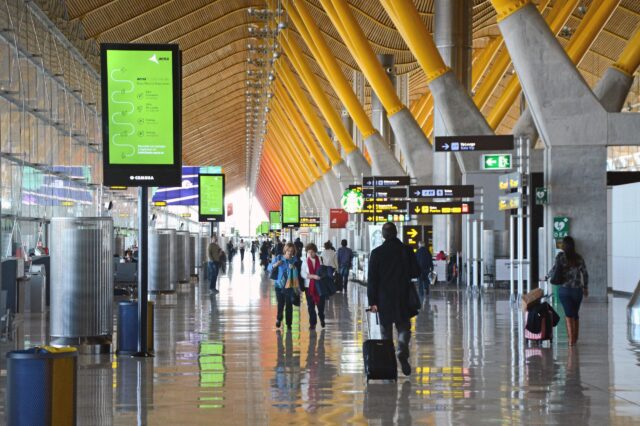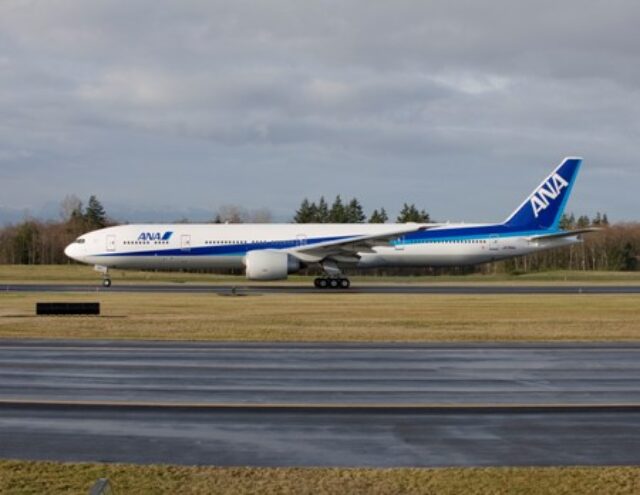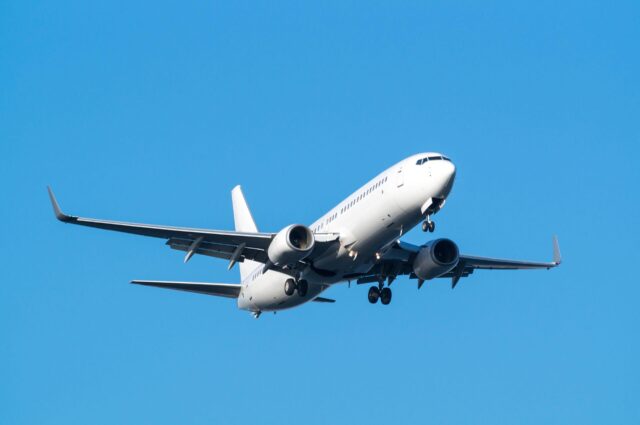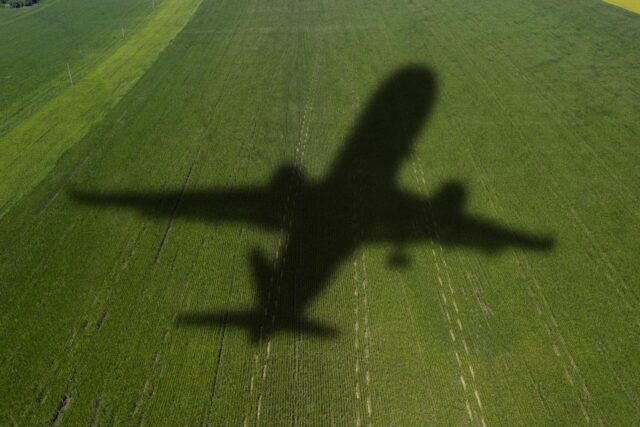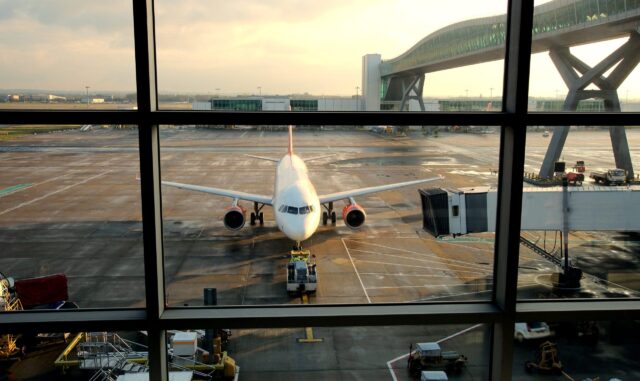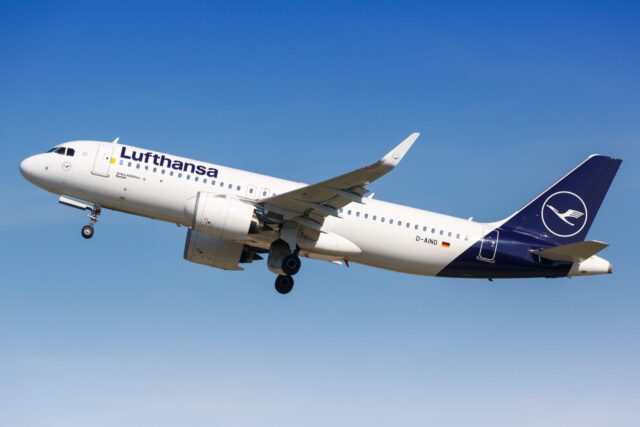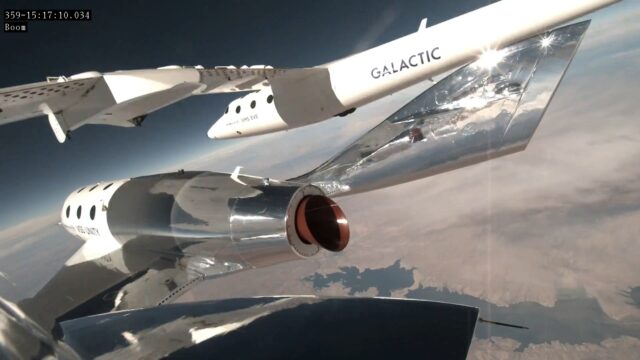US Navy selects BAE Systems to develop airborne decoy countermeasure
The US Navy has selected BAE Systems to develop an advanced radio frequency countermeasure solution, Dual Band Decoy (DBD); described by the manufacturer as “a cutting-edge radio frequency self-protection jammer…

The US Navy has selected BAE Systems to develop an advanced radio frequency countermeasure solution, Dual Band Decoy (DBD); described by the manufacturer as “a cutting-edge radio frequency self-protection jammer that shields fighter jets from enemy attacks”. Work on the system will take place at BAE Systems’ Nashua, New Hampshire facilities.
DBD will expand the capabilities of BAE Systems’ AN/ALE-55 Fiber-Optic Towed Decoy, consisting of a towed unit connected by fibre-optic cable to electronic warfare equipment onboard the aircraft. It can be launched automatically or by the pilot in response to threats, delivering the latest jamming technology to disrupt enemy radars and divert missiles away from the jet, and will initially be applied to the US Navy’s F/A-18 E/F Super Hornets.
“Dual Band Decoy delivers broad capability that can be installed on a variety of aircraft and is upgradeable to assess future threats,” explained Don Davidson, director o the Advanced Compact Electronic Warfare Solutions product line at BAE Systems. “With Dual Band Decoy, we are building on the ALE-55’s years of mission success as a high-powered jamming system”. The new system will also incorporate BAE Systems’ custom integrated circuits, which the manufacturer says enable higher performance and more capability with reduced size, weight and power.
Subscribe to the FINN weekly newsletter


